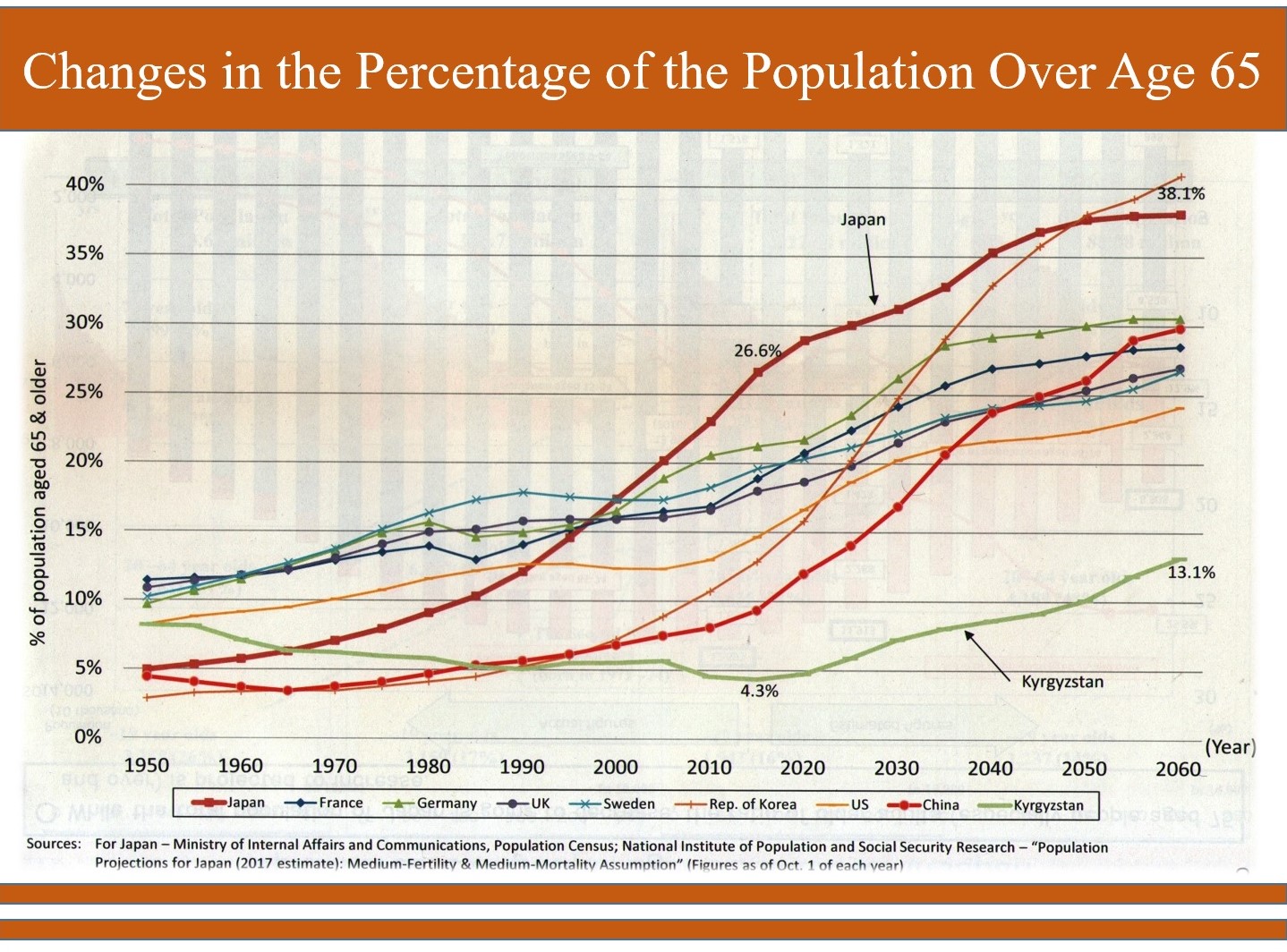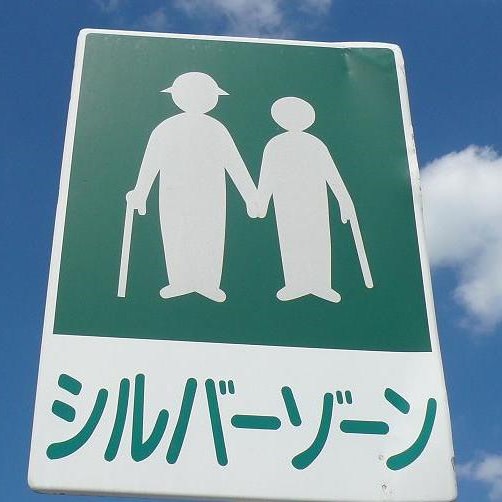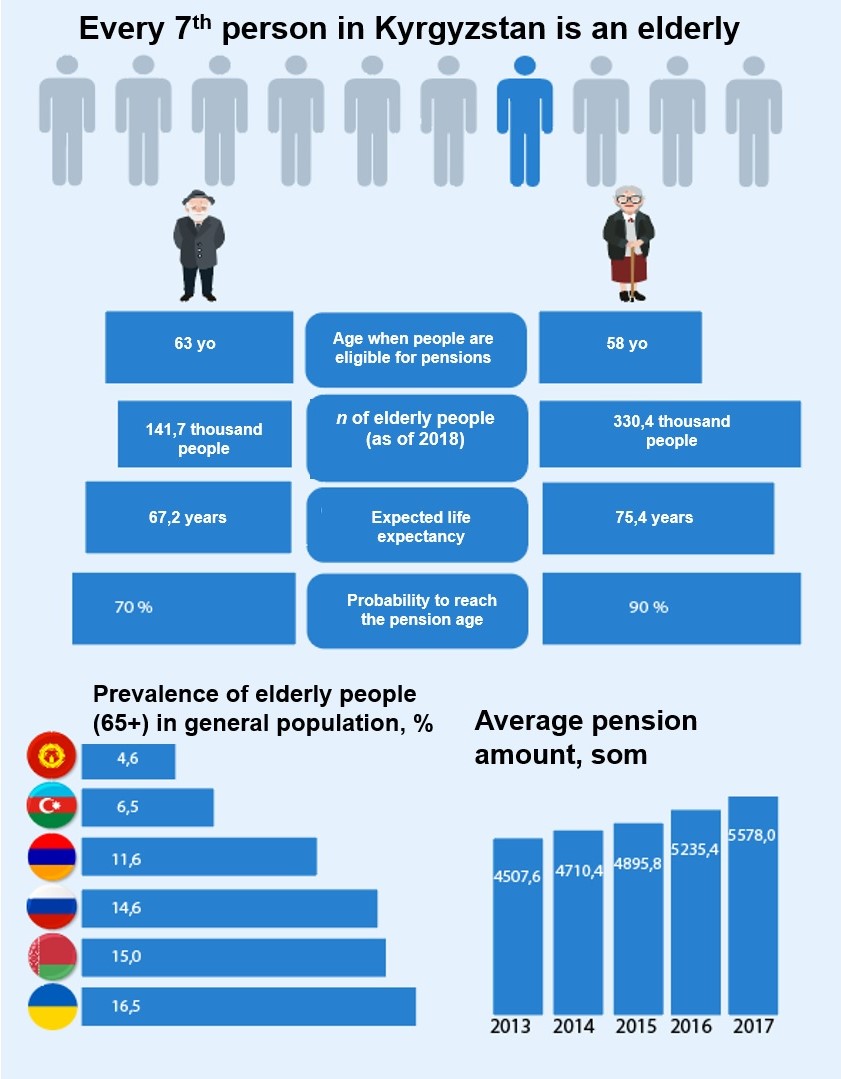It started in 1966 as a national holiday and was held on every September 15. Since 2003, Respect for the Aged Day is held on the third Monday of September due to the Happy Monday System.
This national holiday traces its origins to 1947, when Nomadani-mura (later Yachiyo-cho, currently Taka-cho), Hyōgo Prefecture, proclaimed September 15 Old Folks’ Day (Toshiyori no Hi).
Its popularity spread nationwide, and in 1966 it took its present name and status. Annually, Japanese media take the opportunity to feature the elderly, reporting on the population and highlighting the oldest people in the country.
Beginning in 1998, Japan began introducing the Happy Monday System. This system attempted to move public holidays to Mondays so that people with the usual 9-to-5, Monday-to-Friday job could have more three-day weekends. Respect for the Aged Day was moved to the third Monday of September beginning in 2003.

Sitting, left to right: Dr Tazuko Shibusawa who generously hosted our delegation in Japan, her 94 year old father Mr Masahide Shibusawa wearing Kyrgyz kalpak, and her husband Dr James Runsdorf || Standing, left to right: Mr Danil Nikitin, Ms Narynkul Aldashova, James Runsdorf’s cousin living in New Jersey, Ms Emi Matsumoto Hayashi who is a remarkable architecture and designer, her husband Mr Jun Takahashi, and Mr Nurdin Satarov
In Japan, asking about people’s age isn’t meant to offend them. Having spent in Japan just a few days, I noted that in most cases, people want to ascertain how old people are to ensure that they speak to them using the most polite language. With Japanese having three different forms of language, casual, polite and honorific, when they speak to someone with more years behind them, in most cases they would use keigo – an honorific form of language.
The aging of Japan is thought to outweigh all other nations, with Japan being purported to have the highest proportion of elderly citizens. Japan is experiencing a “super-aging” society both in rural and urban areas. According to 2019 estimates, 26.6% of the Japanese population is above the age of 65. The government of Japan has responded to concerns about the stress that demographic changes place on the economy and social services with policies intended to provide elderly with significant privileges and advanced safety and comfort, and also make the elderly more active in society.
Our delegation went to Japan with generous support from Soros Foundation-Kyrgyzstan. During a meeting at the Ministry of Health, Labor and Welfare of Japan we were kindly presented with demographic data. Mr Kazuhiro Oshima, Director-General of the Health and Welfare Bureau for the Elderly at the Ministry of Health, Labor and Welfare of Japan, and Mr Masaaki Kurihara, the Policy Planning Officer at the Ministry, kindly added the Kyrgyz-specific variable to the presentation graph so that we were able to compare the context and visualize the difference:

The difference is significant – while comparing the Japan-specific 26.6% against the Kyrgyz-specific 4.3%, we start understanding importance of beginning to work out the whole spectrum of programs and policies for preparing the country for the inevitable demographic crisis that experts use to keep warning us about.
The difference is not only in prevalence of people over 65 yo, it goes far beyond that. We all are aware of significant difference in economic status of elderly people in Japan and Kyrgyzstan, of difference in their access to social and medical services, as well as difference in life expectancy that in Kyrgyzstan varies from 67 to 75 yo vs. 86 yo in Japan:
All right, let’s talk of these things in more details in our further publications. By the way, the Kyrgyz prototype of the Japanese holiday is right around the corner. On 14 December 1990, the United Nations General Assembly designated October 1 as the International Day of Older Persons. There will be various festivals, conferences and other events arranged by the elderly’s associations for advocating for elderly people’s rights. Public and non-government organizations use to arrange the whole range of philanthropic and fundraising campaigns – let’s wait for couple weeks, until October 1, and talk of it after it occurs.
However, for now I’d like to suggest that we all send our warmest greetings to our Japanese friends, colleagues and partners wishing them (and especially all the aged people around them!!) all best on the Respect for the Aged Day, and say with sincere admiration, “Congratulations on a terrific job, you’re really great!!”




















